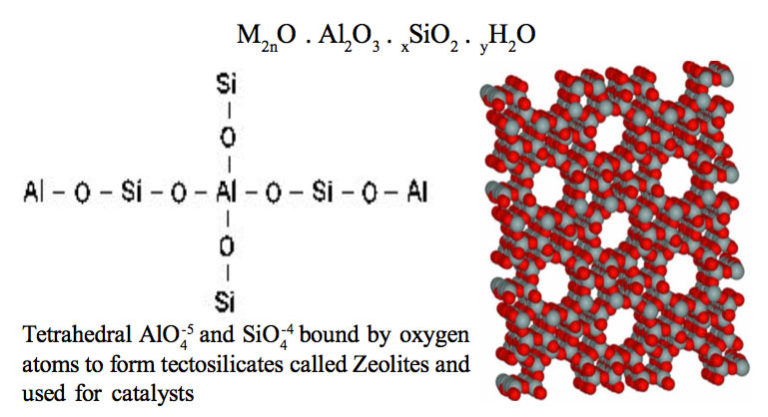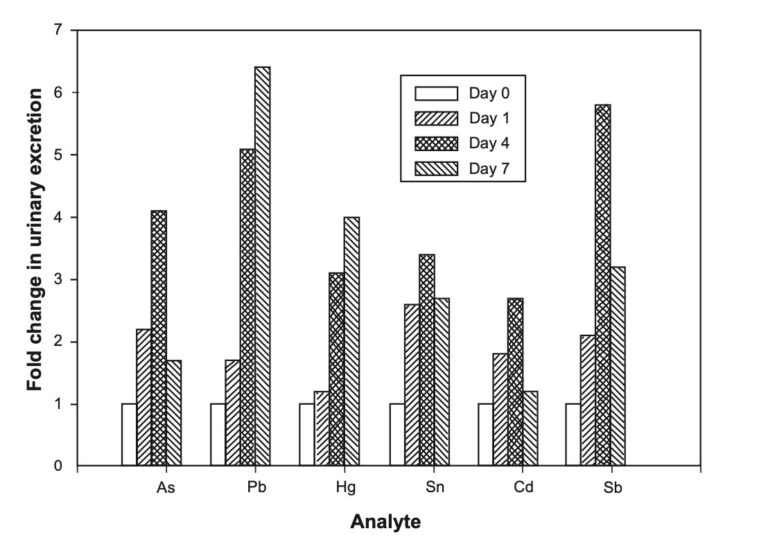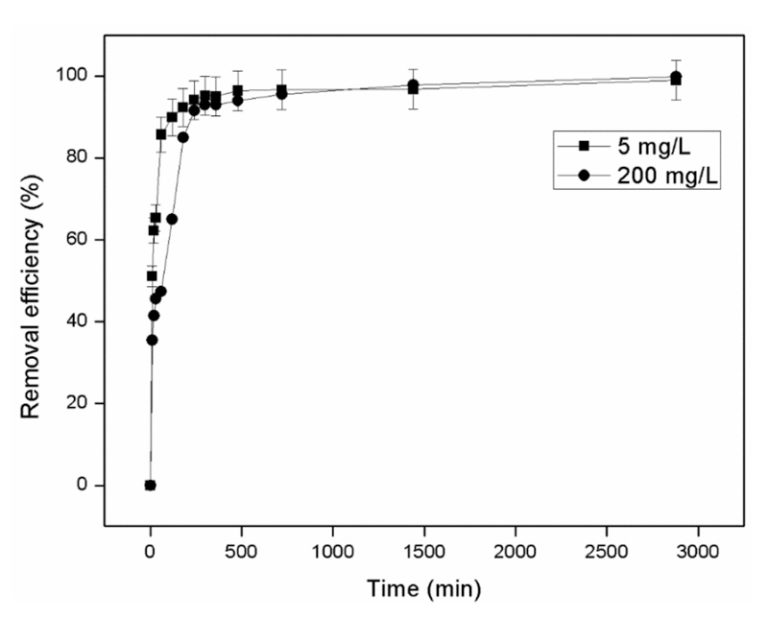- Seyyed Ali Akbar Nakhli 1
- Madrid Delkash Email author 1
- Babak Ebrazi Bakhshayesh 1
- Hossein Kazemian 2,3
1.Department of Civil and Environmental EngineeringUniversity of DelawareNewarkUSA
2.Zeolitic & Nano-Materials LabWestern UniversityLondonCanada
3.College of Science and ManagementUniversity of Northern British ColumbiaPrince GeorgeCanada
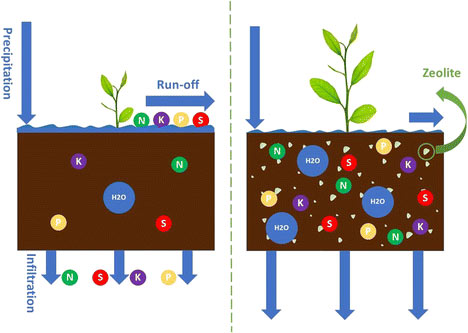
Abstract
Developing urbanization, water shortage, watercourse pollution, and demands for more food due to population growth require a more efficient water irrigation and fertilizer application. Retaining nutrients and water in agricultural soils brings about higher crop yields and prevents pollution of water courses. Among different solutions, zeolites, which are environmental friendly, ubiquitous, and inexpensive, have been extensively employed in agricultural activities. These minerals are considered as soil conditioners to improve soil physical and chemical properties including infiltration rate, saturated hydraulic conductivity (Ks), water holding capacity (WHC), and cation exchange capacity (CEC). Natural and surface-modified zeolites can efficiently hold water and nutrients including ammonium (NH4+), nitrate (NO3−) and phosphate (PO43−), potassium (K+), and sulfate (SO42−) in their unique porous structures. Their application as slow-release fertilizers (SRFs) are reported as well. Therefore, zeolite application can improve both water use efficiency (WUE) and nutrient use efficiency (NUE) in agricultural activities and consequently can reduce the potential of surface and groundwater pollution. This review paper summarizes findings in the literature about the impact of zeolite applications on water and nutrient retention in the agriculture. Furthermore, it explores benefits and drawbacks of zeolite applications in this regard.
Keywords
Zeolite, Sustainable agriculture, Water retention, Nutrient leaching
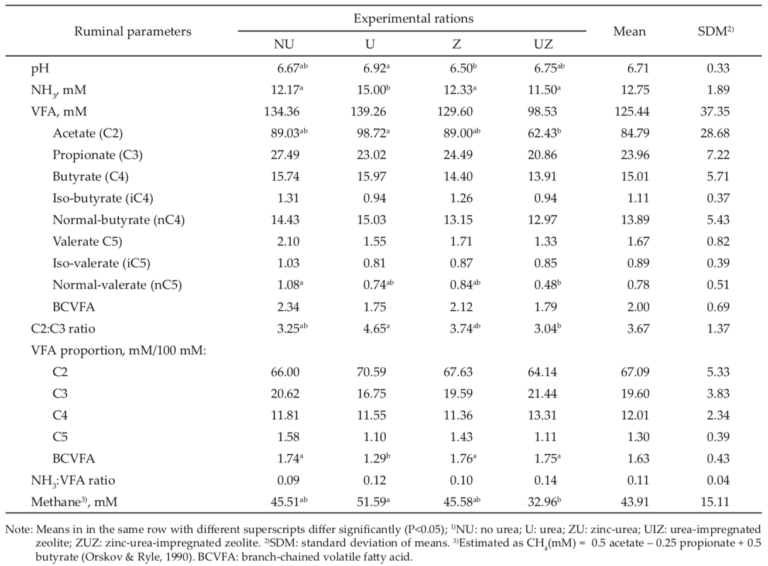
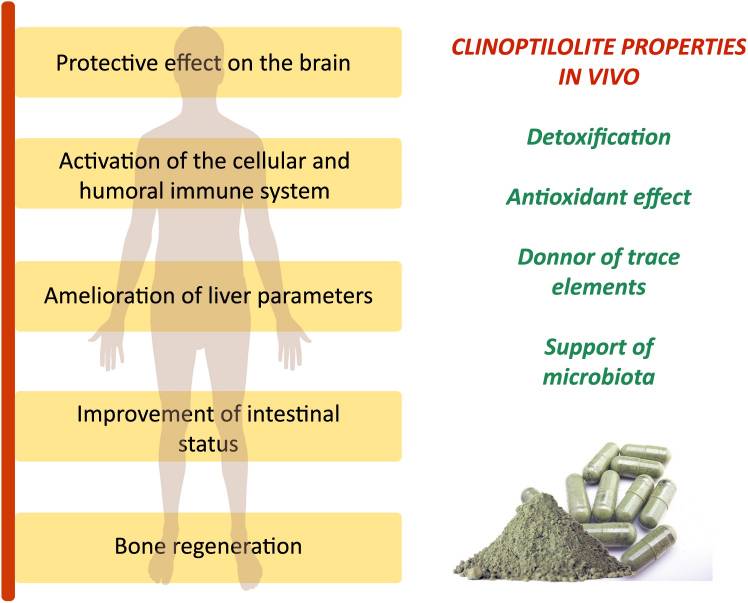
![Silver Zeolite Composites-Based LEDs: A Novel Solid-State Lighting Approach [Thesis]](https://zeolife.gr/wp-content/uploads/2017/03/silver-zeolite-leds-256px.jpg)
